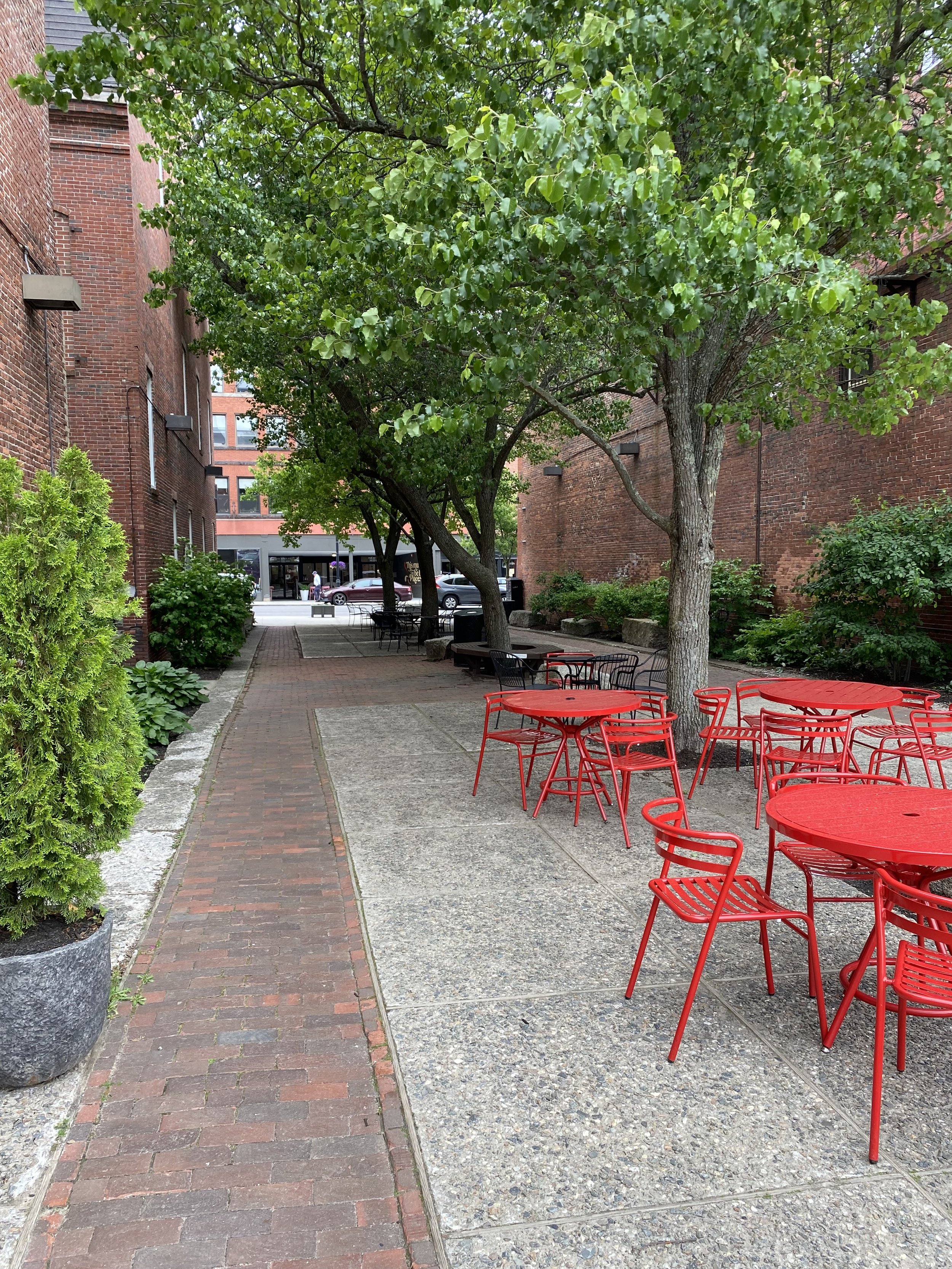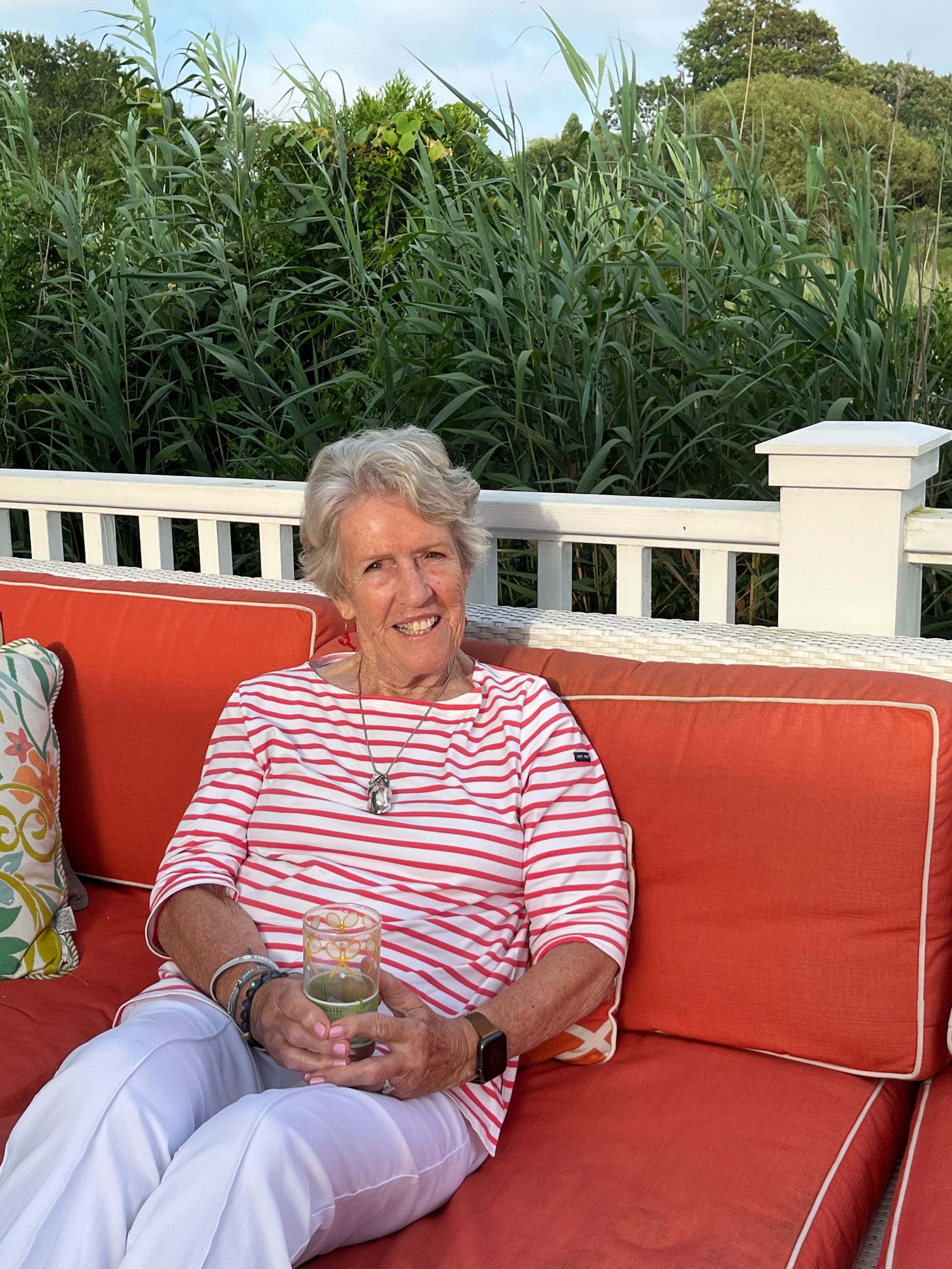THE LONG WALK HOME
/THE LONG WALK HOME
Snow still dusted the hayfields in the Eastern Townships of Canada in early April, 1845, when 19-year-old Israel Shevenell said goodbye to his family and set off on an arduous and amazing journey. He left his home in Compton, an agricultural hamlet 40 miles north of Quebec and, over the next two weeks, walked 188 miles to Biddeford, Maine. He was the oldest son in a farming family struggling to survive. He simply wanted to find a job.
In the mid-1800s, Biddeford stood on the cusp of a boom, galvanized by the rushing waters of the Saco River that powered textile mills built right along its banks. Between 1845 and 1850, the city’s population nearly tripled, leaping from approximately 2500 to 6000 as workers flocked there with their families. During the heyday of the Industrial Revolution, this small mill town in Maine had gained recognition as a world-wide hub for cotton products. There was also a pressing need for strong young men who could make bricks for the construction of the burgeoning factories and mills. Within days of his arrival, Shevenell was hired as a brick maker.
His timing was perfect.
But the journey had been tough.
Imagine leaving home, hearth and family to walk into unknown territory, penniless and speaking only a few words of English. Israel wore home-spun clothing and simple leather boots which provided scant protection against harsh early April weather. One week prior to his departure from Canada, the Saco River had “iced out,” signifying winter’s end in northern New England. Yet freezing temperatures challenged Israel from sun-up to sun-down as he trudged over rutted roads and narrow wooded trails.
A vintage map from 1844 shows a road heading southeast from Compton towards Vermont and New Hampshire. (Note: At that time, most roads were dirt and used by people, horses and carts.) Israel walked that rocky road and crossed the Canadian border without documentation as there were no official crossing points at that time.
In New Hampshire, Israel hiked through a section of the White Mountains, often plodding in four feet of drifting snow. After passing Crawford Notch, he followed a road south along the Connecticut River on the New Hampshire side until he crossed into Maine. There he discovered the thawing Saco River and walked along a muddy path that was thigh-high in mud. Using the Saco as his guide, he eventually arrived in Biddeford.
The route was punitive and grueling, without a Tim Horton or Holiday Inn in sight. Shevenell bartered for food and lodging along the trails, frequently sleeping overnight in drafty dairy barns in exchange for his labor. He carried no luggage but perhaps toted a small sack with extra socks. He had no GORP or Gatorade, no insulated goose-down jacket or waterproof hiking boots, no Tylenol for muscle aches or Moleskin padding for blisters.
(Israel sits at the far right with his brothers. Photo circa 1865.)
“But he had perseverance,” says Tonya Shevenell, his great-great-great-grandaughter, a resident of Cape Elizabeth, Maine. “His mental and physical strength kept him going and, when he arrived in Biddeford, he proved he also had an amazing entrepreneurial spirit.”
At the end of Israel’s first summer making bricks in Biddeford’s Yoe Cat Gully, he returned to Canada, retracing his nearly 200 mile route back to Compton. He carried $50 in his pocket, savings from a brick maker salary of $8 a week — the equivalent of a month’s pay in Canada. The following April, he hiked to Biddeford again and was hired as a brick maker by the Kimball Brickyard. He immediately started saving money so his family could join him.
Later that same summer, his father, mother, plus several brothers and sisters loaded their few household possessions onto a one-horse two-wheel “caleche” and headed south. Weather conditions were far more favorable in late August, but the roads and trails were still primitive. When they arrived a week later, they immediately sold the horse for rent and food money. Because the family spoke “halting English” along with French, they were able to settle into their new life, and today the Shevenells are recognized as the first French-American family group to live permanently in Biddeford.
Over the next two decades, Israel Shevenell continued working as a brick maker in the Kimball Brickyard. (Of note: between 1845 and 1849, more than 10,000,000 bricks were used to build mills, boarding houses and the Biddeford House, later known as the Thacher Hotel.) Mill owners developed an appreciation for the French Canadian work ethic. “Most of these immigrants were accustomed to working on farms which required 12-hour days and extensive physical labor. Also, the whole family was willing to work.” (A BRIEF HISTORY OF BIDDEFORD)
Israel’s labor paid off. By the 1880s, he had accumulated $500 in savings which allowed him to retire from brick making and pursue other entrepreneurial ventures. According to his obituary, he apparently told his wife, “I am not going to be bossed by someone else any more. I will be my own boss.” He purchased a gravel pit and became a house builder, living “in comfortable circumstances the rest of his days without worry or bother.”
Shevenell married twice, first to Mary Louise Belanger, and later to Celina Landry. He fathered 16 children. As an active member of St. Joseph Catholic Church, he also served as treasurer of the parish for many years. In 1863, when the Biddeford Public Library opened in a spare room in a city building, town records reveal that Shevenell enrolled as “an early member.” In 1890, his son Joseph became the first French-American to graduate from Biddeford High School.
At 79, Israel Shevenell marched along Main Street in the festive parade honoring Biddeford’s 50th anniversary. He carried a banner that read, “I was here in ’55.” His obituary reveals that he was “held in high regard by all classes and nationalities, and his own people were proud of him as their 'grand old man’ and pioneer in this city.”
But Israel’s proudest achievement, also according to his obituary, “was that he had become an American citizen by law, as well as by spirit.” The first vote he ever cast was for Abraham Lincoln, for “whom he had the greatest admiration.”
Israel Shevenell remained “hale and hearty until well into his ‘80s, with a strong voice and laugh that rang out as clear as that of a man of 45.” But one morning he decided to “dig up a sewer connected with his property. Neighbors advised that he ought not to be taking any chances as he was liable to injure himself. Mr. Shevenell replied that, if he was 86 years old, he wanted it understood that he was no child and considered it good exercise to dig up the sewer and repair any damage he might find.” (Shevenell obituary)
Sadly, Shevenell did suffer an injury which kept him in bed and on his living room couch for weeks. Several months later, in September, 1912, he died “peacefully and quietly.” Survived by his wife Celina, five sons, three daughters and one brother, he was buried at St. Josephs Cemetery in Biddeford where his tombstone remains today.
Tonya Shevenell, Israel’s great-great-great granddaughter, says, “Israel arrived in Biddeford during the height of the Industrial Revolution and quickly became a role model during this time of significant change. If I had three words to describe him, they would be: pioneer, builder and Franco-American. But he was a leader too.”
His historic journey from Canada to Biddeford in 1845 was not an anomaly. As noted in A BRIEF HISTORY OF BIDDEFORD, “The immigration of French Canadians started as a trickle; lone men traveled south for seasonal work to supplement their family’s income. This soon fostered a desire to relocate the entire family for year-round-employment.”
“This trend also marked a new kind of immigration. Previously, European men traveled across the Atlantic alone, seeking adventure, and often traveling beyond the Colonial settlements westward to explore the new frontier. However, this would become the history of the French-Canadians as they moved en masse to find work while maintaining a closeness of the secular family cherished by their culture.”
“Israel was at the forefront of a French migration,” Tonya adds. “But his homeland was not an ocean away, it was just over his shoulder. I like that he’s buried here because that means he’s still here in a way.”
The “grand old man” is still honored in Biddeford. His legacy is a small park named in his honor and located at 149 Main Street. Shevenell Park is a peaceful haven in this thriving city, a tree-shaded spot where visitors sit at tables and chairs set atop granite pavers that are, appropriately, lined with brick walkways. More than 175 years after walking into Biddeford to find a job, Israel would be proud that his bricks are still present in this city by the Saco River.
(Above, Shevenell Park in Biddeford — a lasting tribute to this amazing man.)
(Israel sits on the far right with his three brothers. Photo circa 1865.)






